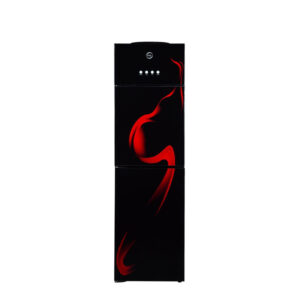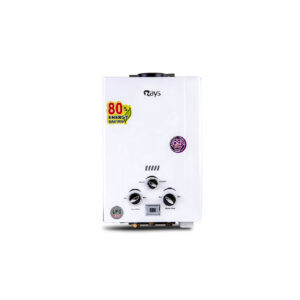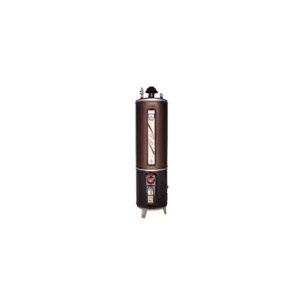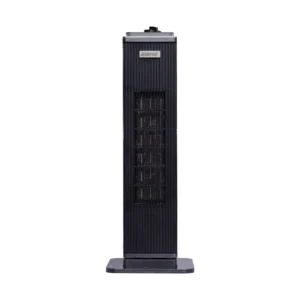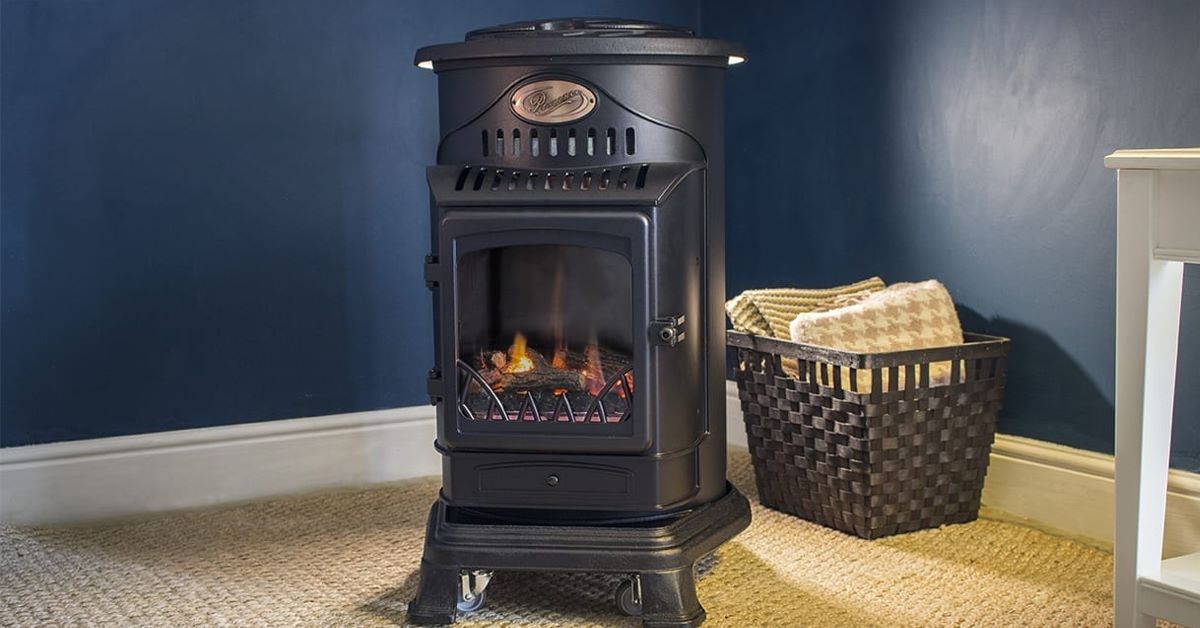An indoor gas heater is an appliance that operates by the combustion of natural gas or liquified petroleum gas. The product gains value in winter predominantly, when the locals seek warmth to ease themselves. Whether heating a room or any eatable, the gas heater produces much heat and does the job effectively.
The global gas heaters market has evolved significantly, with today’s portable heaters, unlike in the past. There exist distinct manufacturers for the product, and one must consider various aspects when purchasing a portable indoor gas heater.
Why a Portable Indoor Gas Heater?
The highly mobile feature of the appliance makes it favorable for frequent travelers to the northern areas, where the cold climate overtakes comfortability. Commercial restaurants of today are also investing actively in portable indoor gas heaters and relishing the benefits.
Purchase Guide
The following aspects must be considered before heading for a worthwhile purchase.
- Location and Size
- Variable Costs
- Type of Gas Heater
- Health Concerns
- Installation
- Fuel Source
- Purchase Cost
1: Location and Size
The first on the list is size. A portable indoor gas heater is typically suited for small rooms and outside spaces. Factors such as the number of rooms, glass windows, and extreme weather conditions influence the decision to purchase. Therefore, the location and size must be aligned with the appliance for effective results in less time.
2:Variable Costs
Variable costs are predominantly the energy costs associated with the portable gas heater. Even though the stove does not directly require electric current, other factors like a timer and indoor light do. The Kilowatt-per hour (kWh) is the decisive factor – the higher the kWh, the greater the electricity consumption. In addition, the Mega joules (MJ) determine the amount of gas consumed. Either way, the make, and model must be cost-friendly for one’s benefit.
3:Type of Gas Heater
It is also essential to be aware of the type that aligns with the needs. The two main types are convection and radiant convection. The former utilizes a fan to circulate hot air throughout the room, whereas the latter targets the object and is an energy-efficient way. Though there are more features of traditional convection, radiant convection is not of less value either.
4: Health Concerns
Studies have demonstrated that gas heaters have been linked with respiratory problems because of the emission of carbon monoxide and nitrous dioxide. People need to prioritize health above all and analyze different make-and-model gas heaters available in the market. Fortunately, portable indoor gas heaters dispose of fewer emissions than regular ones. However, the result is not null.
5: Installation
Followed by this are the installation process and charges. A professional installation provider might demand some bucks. It is worth it since the professional has experience in his field. Other than that, an individual might refer to the user’s manual if sought to be done by self.
6: Fuel Source
The fuel source is what does the job behind the stage. Liquified Petroleum Gas (LPG) and Natural Gas are the two fuel sources. The former is available everywhere and is suitable for performance. LPG is less expensive too. On the other hand, natural gas is supplied by registered companies and disposed of with fewer carbon emissions. Consumers must purchase the one that aligns with their needs.
7: Purchase Cost
Everything aside, the marked price of the appliance is an ultimate factor. Fortunately, high competition and technology have ensured a competitive price against quality. Manufacturers are now also offering an installment option, creating utilitarianism for the consumers. It is wise to purchase at year-end sales from e-commerce or local retail channels.
Conclusion
We reach an end here. The demand for gas heaters increases significantly as winter approaches, and portable gas heaters are the new norm. A portable indoor gas heater can be easily purchased from offline and online stores. Based on customer recommendations and warranty claims, an informed purchase decision should be made.



